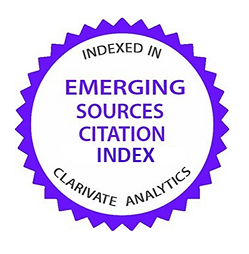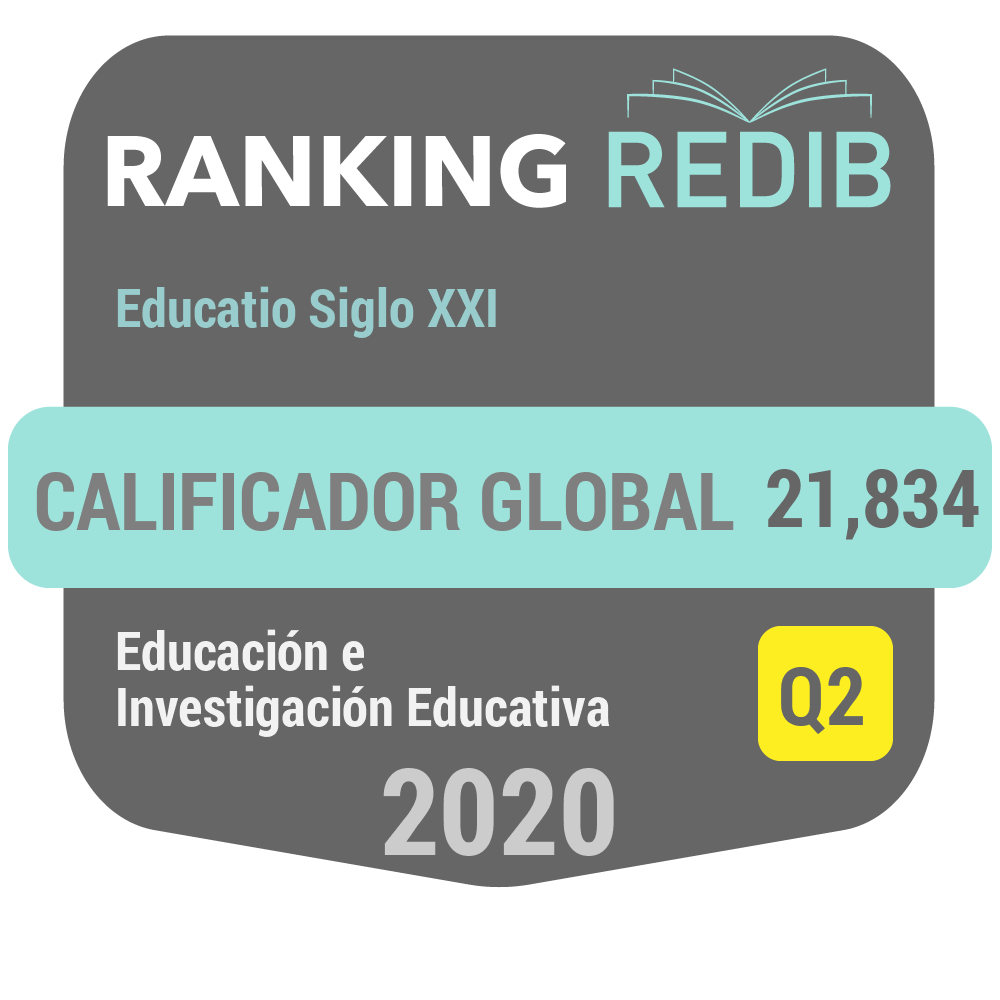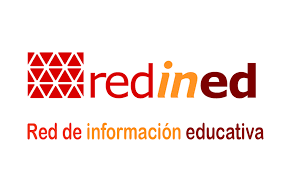Educating for peace playing: Gender and emotions in the practice of competitive cooperative games
Abstract
The education for peace initiative of UNESCO addresses the conditions that can ensure gender equality and the emotional wellbeing of individuals. In the context of physical education (PE), teachers may teach peaceful relationships through motor games. Cooperative games, as a way of encouraging positive emotions, offer PE teachers an excellent context in which to implement programmes for promoting emotional awareness and social wellbeing.
This study investigates the effects that competitive cooperative games can have on the intensity of positive, negative and ambiguous emotions experienced by participants, with specific attention being paid to gender. Participants were 132 first year students (90 males and 42 females) from the sports science and physical education degree offered by the University of Coimbra. Statistical analysis by means of generalized estimating equations showed that cooperative games evoked high levels of positive emotions, regardless of whether participants won or lost. Compared with males, female participants reported more intense positive emotions when winning and less intense negative emotions when losing. This study also served as an exercise in emotional education for the students involved, students who will be the PE teachers of tomorrow. Through such an exercise the students were able to experience the extraordinary educational value that cooperative games can have in terms of teaching peaceful social relationships.
Downloads
-
Abstract7284
-
PDF (Español (España))4221
Original work publishes in this journal is subject to the following terms:
1. Murcia University Press (the publishing house) holds the copyright of the publishes work, and favours and allows their reutilization under the use license stated in point 2.
© Servicio de Publicaciones, Universidad de Murcia, 2015
2. Work is published in the electronic edition under a license (Creative Commons Reconocimiento-NoComercial-SinObraDerivada 4.0 España (legal text). They can be copied, used, disseminated, transmitted and publicly presented, as long as: i) authorship and original publication source is acknowledged (journal, publishing house and URL of the work); ii) are not used for commercial purposes; iii) the existence and specifications of this use license is stated.
3. Conditions for self-archive. Authors are allowed and encouraged to disseminate electronically the pre-pint (before review) and/or post-print (accepted for publication) versions of their work before their publication since that favours earlier circulation and dissemination resulting in an increased chance for the authors to be cited and for the work to reach a bigger share of the academic community. Colour: RoMEO: green.






